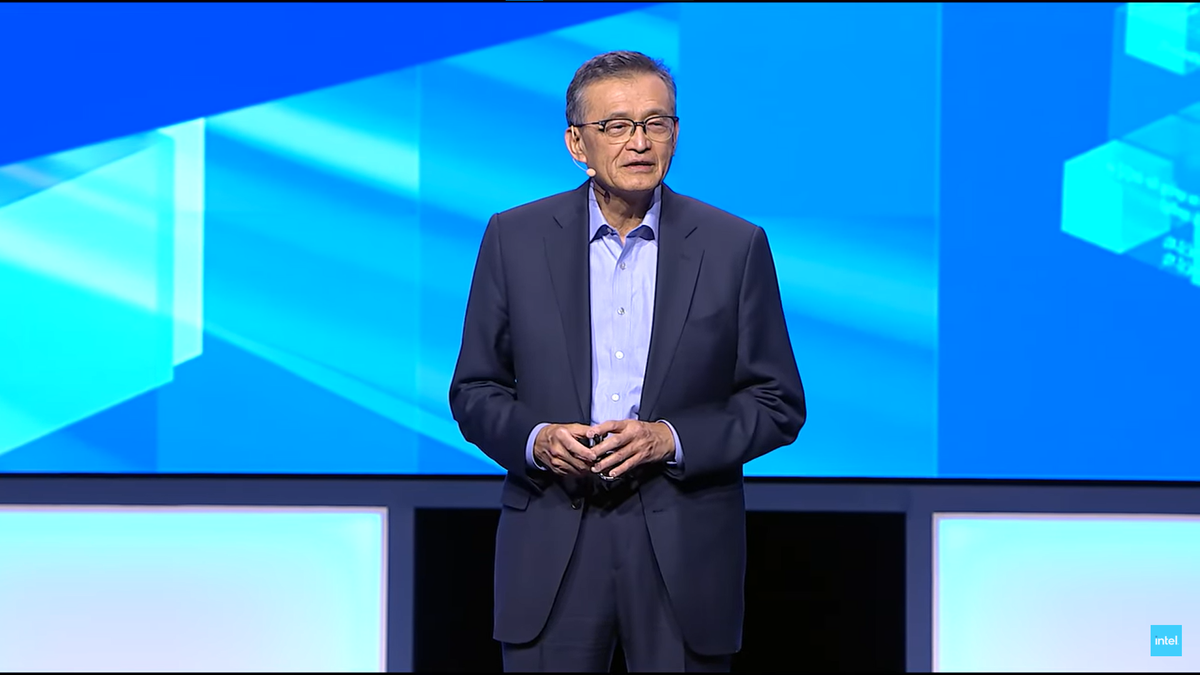Intel CEO Admits Company Has Fallen From Top 10 Semiconductor Rankings, Concedes AI Race to Nvidia
Intel Corporation, once the undisputed king of the semiconductor industry, has suffered a dramatic fall from grace that its own CEO now acknowledges publicly. In a candid admission that has sent shockwaves through the tech industry, Intel's leadership has conceded that the company has dropped out of the top 10 semiconductor firms globally and admitted it's "too late" to catch Nvidia in the artificial intelligence chip race.
This stunning revelation marks a pivotal moment for a company that dominated the processor market for decades and highlights the seismic shift occurring in the semiconductor landscape as AI becomes the primary driver of chip demand.
The Magnitude of Intel's Decline
The acknowledgment of Intel's fall from the top 10 semiconductor companies represents one of the most dramatic corporate declines in modern tech history. For context, Intel held the number one position in global semiconductor sales for over two decades, commanding respect as the "Wintel" partnership with Microsoft that powered the PC revolution.
Today's semiconductor leaderboard tells a different story. Taiwan Semiconductor Manufacturing Company (TSMC) has claimed the top spot, followed by Samsung, Nvidia, and other firms that have successfully pivoted to meet modern computing demands. Intel's absence from this elite group underscores how rapidly the industry has transformed.
The company's market capitalization has reflected this decline, falling significantly behind competitors like Nvidia, which has seen its valuation soar past $1 trillion thanks to AI chip demand. Meanwhile, Intel's stock has struggled to maintain momentum, trading at levels that would have been unthinkable during its heyday.
The AI Revolution That Left Intel Behind
Perhaps nowhere is Intel's strategic misstep more apparent than in artificial intelligence. While Intel focused heavily on traditional CPU architecture and manufacturing processes, Nvidia recognized early that AI workloads required specialized processors. Graphics Processing Units (GPUs), originally designed for rendering video game graphics, proved exceptionally well-suited for the parallel processing demands of machine learning algorithms.
Nvidia's prescient investment in CUDA (Compute Unified Device Architecture) programming platform and its ecosystem of AI development tools created an almost insurmountable moat. Today, Nvidia controls an estimated 80% of the AI chip market, with its H100 and A100 processors becoming the gold standard for training large language models and other AI applications.
Intel's attempts to compete in this space have been hampered by both technical challenges and timing. The company's AI chips, while technically competent, entered a market where Nvidia had already established deep relationships with major cloud providers, AI researchers, and enterprise customers.
Manufacturing Missteps and Strategic Errors
Intel's decline isn't solely about missing the AI wave. The company has also struggled with fundamental manufacturing challenges that have plagued its operations for years. While competitors moved to advanced process nodes, Intel experienced repeated delays in its transition to smaller, more efficient chip architectures.
The company's 10-nanometer process node, originally scheduled for 2015, didn't reach volume production until 2019. This delay allowed competitors like AMD, partnering with TSMC, to gain significant ground in both performance and efficiency. AMD's Ryzen processors, manufactured using TSMC's advanced nodes, began outperforming Intel's offerings in many benchmarks.
These manufacturing challenges forced Intel to make the unprecedented decision to outsource some production to TSMC and Samsung, abandoning its long-held philosophy of controlling the entire chip-making process internally.
The Road to Recovery
Despite these setbacks, Intel isn't conceding defeat entirely. The company has announced ambitious plans to regain manufacturing leadership through its "IDM 2.0" strategy, which combines internal manufacturing with strategic outsourcing. Intel is also investing heavily in its foundry business, hoping to compete with TSMC in manufacturing chips for other companies.
The U.S. government's CHIPS Act provides additional support, with Intel receiving substantial subsidies to build new fabrication facilities domestically. However, these initiatives will take years to bear fruit, and success is far from guaranteed.
The Verdict: A Humbling Reality Check
Intel's frank admission of its decline marks a necessary but painful reality check for one of America's most iconic tech companies. The semiconductor industry's rapid evolution, driven by AI and mobile computing demands, has fundamentally altered the competitive landscape.
While Intel's engineering talent and financial resources provide hope for eventual recovery, the company faces an uphill battle to reclaim its former dominance. The key question isn't whether Intel can return to the top 10 – it's whether the company can successfully reinvent itself for an AI-driven future where its traditional strengths may no longer be sufficient.
This corporate reckoning serves as a stark reminder that in the fast-moving world of technology, even the mightiest giants can fall when they fail to anticipate and adapt to transformative changes.
